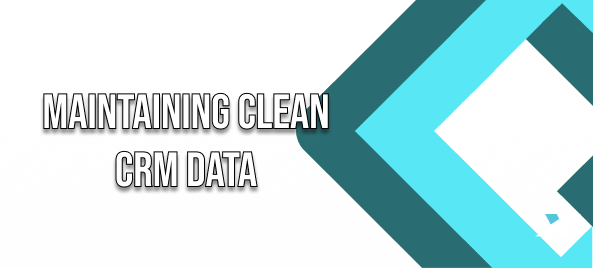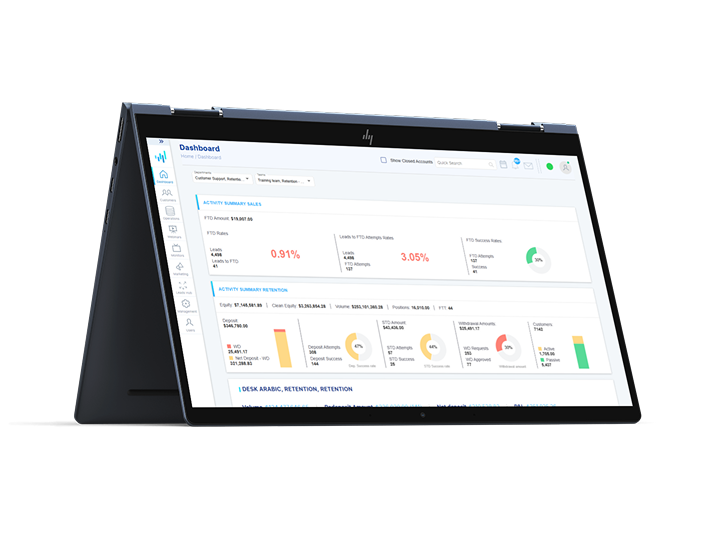Maintaining Clean CRM Data: Best Practices for Brokerages

Summary: This article outlines some best practices for CRM data management, helping brokerage owners keep their systems clean and reliable.
Your Customer Relationship Management (CRM) system is central to your brokerage’s crm customer management. It holds vital client information that affects your sales, marketing, and support efforts. However, the quality of your CRM data makes a huge difference. Inaccurate or incomplete information, especially fake email addresses, can waste resources and lead to poor communication. This article outlines some best practices for CRM data management, helping brokerage owners keep their systems clean and reliable.
The importance of clean CRM data
Why focus on clean crm data? For a brokerage, accurate client information is necessary for effective crm customer management. Clean data helps your sales team follow up properly, allows marketing to send relevant communications (and avoid bounces), and assists support in providing better service.
Bad data, on the other hand, leads to wasted time, bounces that harm your sender reputation, potentially incorrect reporting used for business decisions, and even compliance risks.
Furthermore, your system’s number of contacts or active users determines how much a CRM platform charges for its services. Eliminating phoney, duplicate, or inactive contacts from your CRM lowers your operating expenses by preventing you from paying for useless data. Keeping your CRM data tidy isn’t just housekeeping; it directly impacts your brokerage’s performance and budget.
One of the most effective ways to prevent bad email addresses from entering your CRM in the first place is to verify them right when a potential client creates an account. Usually, this entails automatically sending an email to the address they supplied with a special confirmation link. To activate their account or continue, the user has to click this link. By confirming that the email address is legitimate and accessible by the user, this easy step significantly lowers the quantity of fictitious, typographical, or temporary email addresses that clog your CRM data and may inflate your expenses. For data quality, it is a fundamental step in excellent customer relationship management methods.
Other CRM best practices for data cleanliness
Beyond initial email verification, maintaining a clean CRM requires ongoing attention. Here are some other crm best practices:
Regular data audits
Schedule time (e.g., quarterly or semi-annually) to review your crm data.Check for inaccurate information, incomplete records, and duplicate entries. A lot of CRMs come with built-in capabilities to assist in finding duplication.
Standardise data entry
Create clear rules for how your team enters information. Define formats for names, addresses, phone numbers, and custom fields. Consistent data entry makes sorting, filtering, and reporting much more reliable. Train your staff on these standards.
Use CRM validation rules
If feasible, set up rules in your CRM to apply data standards at the time of input. This can include making some fields mandatory, verifying appropriate email forms, or making sure phone numbers have the right amount of digits.
Manage user permissions
Not everyone on your team has to be able to generate, modify, or remove CRM entries. Reduce unintentional mistakes or illegal modifications by limiting rights depending on responsibilities.
Archive or delete inactive contacts
Define what makes a contact “inactive” for your brokerage (e.g., no logins or trades for 12 months). Regularly identify and either archive or delete these contacts to keep your active list relevant.
Be cautious with imports
Review the data quality before uploading lists from events, partners, or other sources to your primary CRM. To prevent adding mistakes, clean the list first.
CRM features that support data quality
When choosing a CRM or reviewing the one you already have, look for tools that help you keep your CRM data clean. While specific recommendations depend on your brokerage’s exact needs, certain built-in tools are generally helpful for best customer relationship management practices.
– Can you set rules for certain areas in the CRM? For instance, making sure that email names are formatted correctly or that all required areas are filled out before a record is saved. This stops simple mistakes from happening at the entry point.
– Look for tools that automatically identify or combine duplicate contacts by email, name, or phone number. This helps handle duplication proactively.
– The ability to update or correct multiple records at once (e.g., standardizing country names, correcting common typos) can save significant time during data audits.
– Check how well the CRM integrates with other tools you use (like your trading platform or marketing software). Poorly managed integrations can sometimes introduce messy or duplicate data, so look for robust integration options with good data mapping features.
As mentioned earlier, the ability to set granular permissions helps control who can modify data, reducing the risk of accidental or incorrect changes.

Choosing a CRM with data quality features simplifies crm best practices for your team.
Maintaining correct crm data demands regular work, but the advantages for your business are evident. Good CRM customer management requires clean data to save operating expenses and improve client interactions. CRM best practices like initial email verification and data audits strengthen sales and marketing. Consistent CRM data maintenance helps your business.





